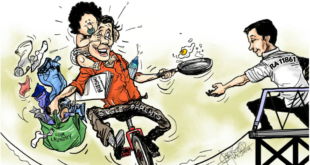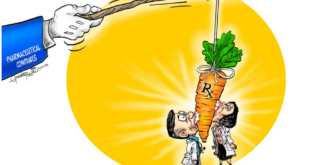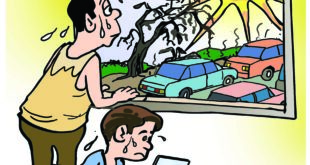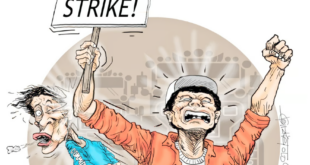Fuel subsidies to transport workers are not distributed efficiently, and those who are supposed to benefit leave their jobs to seek other, more gainful employment.
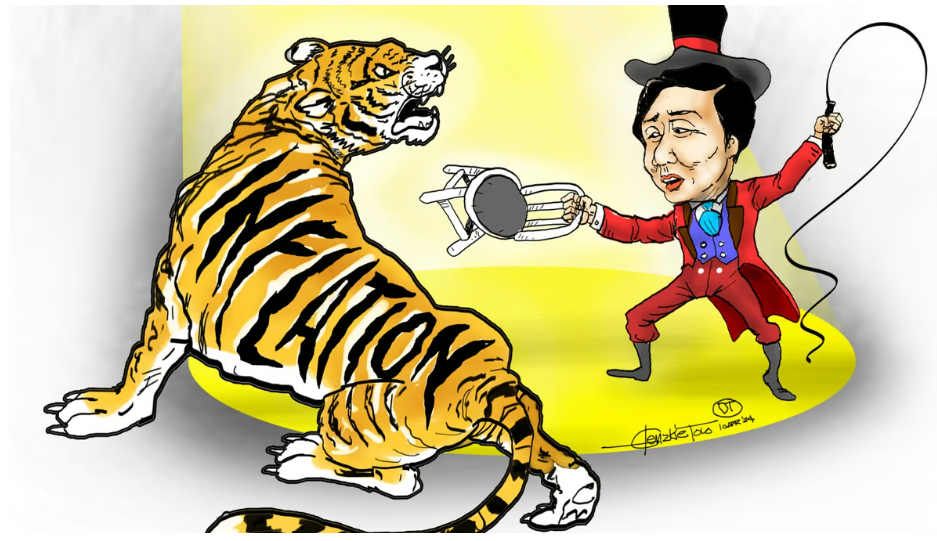
As high prices bite and a majority of the population reels, pressure bears on the government to implement measures to cushion the effects.
There is no hard and fast solution to keep prices from rising, but the government has maintained targeted subsidies to blunt its effects on the poor.
While recent surveys indicated that President Ferdinand Marcos Jr.’s administration has the biggest shortcomings in taming inflation, a step taken by his economic managers thus far has prevented prices from spiraling out of control.
In September last year, Marcos issued Executive Order 39, imposing a price cap on rice, an extreme solution that required subsidies to retailers.
The temporary measure effectively flushed out stocks that were being hoarded to push prices higher artificially.
E0 39 was specifically targeted at the rice cartel, which had the ultimate goal of creating a public clamor against the Rice Tariffication Law (RTL) that had cut into their control over rice imports through the National Food Authority, whose officials were in the mafia’s pocket.
Since staple grain and fuel prices are considered the biggest contributors to inflation, EO 10 was issued in December, extending Most Favored Nation tariff rates to rice, corn, and pork.
MFN status allowed reduced tariffs on trade partners that, in effect, contributed to lower prices.
Another directive, EO 50, was issued the same month to mitigate the impact of the El Niño weather phenomenon on domestic food prices.
The government later signed a rice importation agreement with Vietnam that guaranteed a rice supply to the country for five years.
Local rice production is inadequate to meet domestic demand, which has affected the market price of the grain and influenced the inflation numbers.
Another headache for consumers and the government is the price of fuel, a commodity similar to rice, that is largely imported.
Some power generators’ shift to liquefied natural gas has further increased the impact of external markets on domestic inflation.
According to investment bank ING, rice, electricity, and transport are the three key items in the consumer price index basket, which combined account for 23.41 percent of the total basket.
Rice was the culprit in the 3.7 percent price increase last March, reporting an inflation rate of 24.4 percent.
The targeted cash transfer program is crucial, which was budgeted at P7.6 billion.
Using subsidies instead of tax reductions to mitigate price surges — in fuel, for instance — has its merits since, in theory, public money goes where it is needed.
Reducing the excise tax on fuel will bring down prices, but the rich who use fuel will benefit.
Also, an increase in public transportation fares benefits drivers, but it also hurts them primarily if they have children of school age who will have to pay more for daily transport.
The subsidies, however, only work when these are distributed on time and regularly to keep those impacted by inflation at work.
Fuel subsidies to transport workers are not distributed efficiently, and those who are supposed to benefit leave their jobs to seek other, more gainful employment.
Some former drivers turn to picking up plastic garbage because it gives them a bigger income rather than having to contend daily with the high fuel price.
Others resort to looking for work overseas, but the opportunities are narrowing due to the global economic crunch.
Generating jobs by attracting more investments is the best guarantee to lift the poor from the scourge of high prices.
The faster delivery of services is another aspect that the government must address, and this is possible only by eradicating red tape.
*****
Credit belongs to: tribune.net.ph
 Atin Ito First Filipino Community Newspaper in Ontario
Atin Ito First Filipino Community Newspaper in Ontario

